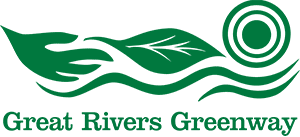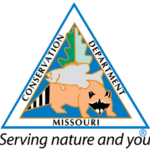Great Rivers Greenway District, in partnership with the River des Peres Watershed Coalition, Missouri Department of Conservation, Metropolitan St. Louis Sewer District, and the City of St. Louis invites you to clean up the creeks and streams within the River des Peres Watershed.
This is a family friendly event that improves neighborhoods by removing trash and improving water quality in St. Louis City and St. Louis County.
Volunteers of all ages are needed to clear litter from several sites, including Gravois Creek, Deer Creek, River des Peres and the Mississippi River.
“This year’s floods revealed how trash or plastic bottles dropped on streets and sidewalks winds up in our waterways,” says Tom Schweiss, Great Rivers Greenway Conservation Manger. “At the peak of the flooding, many people were dismayed by all of the trash floating in the River des Peres and wanted to know what could be done to clean it up. The Trash Bash is a great opportunity to get involved and do just that. We need all hands on deck to remove the trash, restore habitat, and improve water quality for everyone who lives in the watershed.”
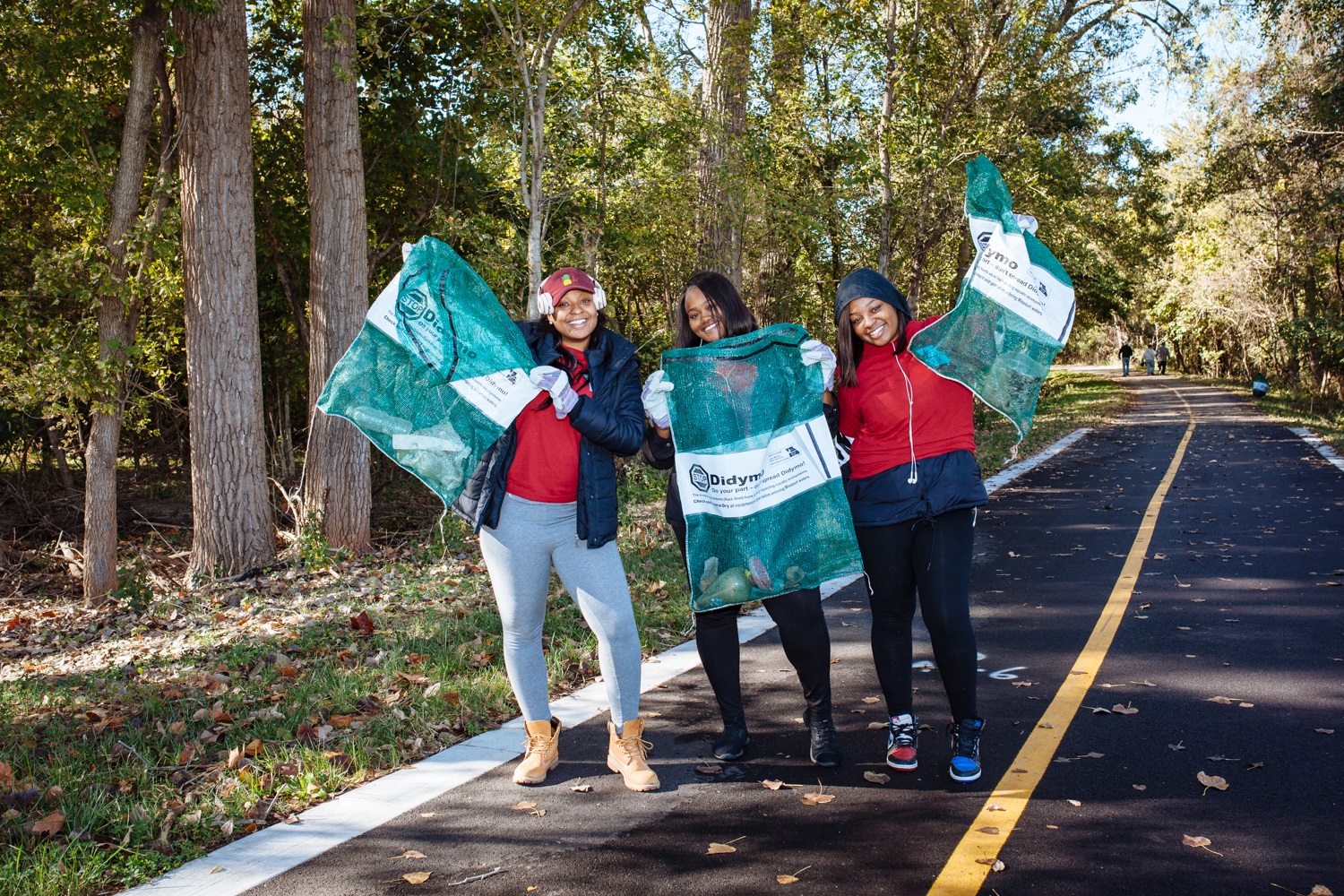
Registration will take place from 8:00 to 8:45 a.m. at four locations – Willmore Park, located on the east side of the River des Peres and just north of the intersection of Hampton and Gravois Avenues in St. Louis City; the Heman Park Community Center, located at 975 Pennsylvania in University City; Hanley Hills City Hall located at 7713 Utica Drive; and Lorraine Davis Park, located at 145 E. Waymire in Webster Groves Free breakfast will be provided at each location, and all volunteers will get a free t-shirt.
The cleanup will last from 9:00 a.m. to noon with a celebration and appreciation pizza lunch at Willmore Park from noon to 2 p.m. Volunteers will also be rewarded with musical entertainment and prizes for the “best” trash finds in three categories—most valuable, oldest, and weirdest.
Volunteers at the 2018 Trash Bash removed 6.7 tons of debris from streams and creeks within the River des Peres Watershed in only three hours. The final tally included 138 tires, 1.4 tons of scrap metal, .45 tons of recycling material and 4.8 tons of trash. Long-time volunteers, youth and community groups, as well as new faces from across the region, are encouraged at this year’s Trash Bash to work together to improve the River des Peres Watershed.
For more information or to register in advance, STLTrashBash.org.

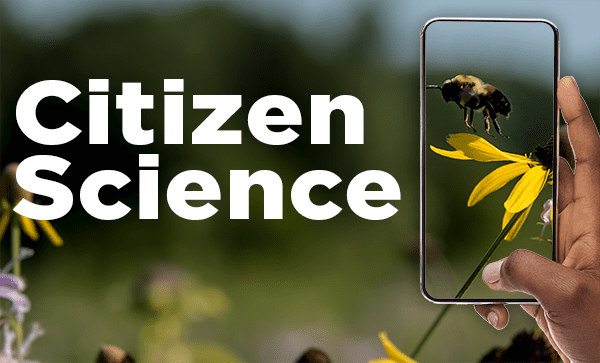
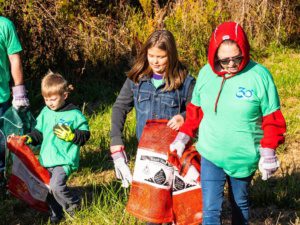 On Saturday October 19, 2019, 424 volunteers came together under sunny skies to clean up the creeks, streams and neighborhoods within the River des Peres Watershed. Here are some quick highlights and numbers:
On Saturday October 19, 2019, 424 volunteers came together under sunny skies to clean up the creeks, streams and neighborhoods within the River des Peres Watershed. Here are some quick highlights and numbers: Thanks to partners, volunteers enjoyed:
Thanks to partners, volunteers enjoyed: